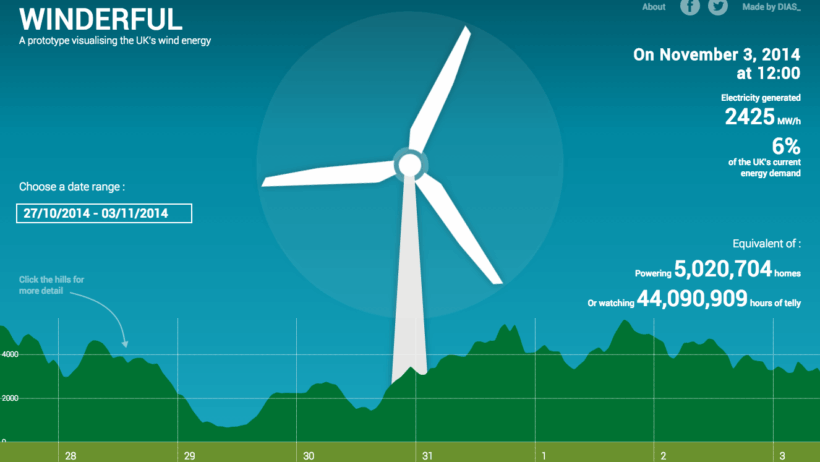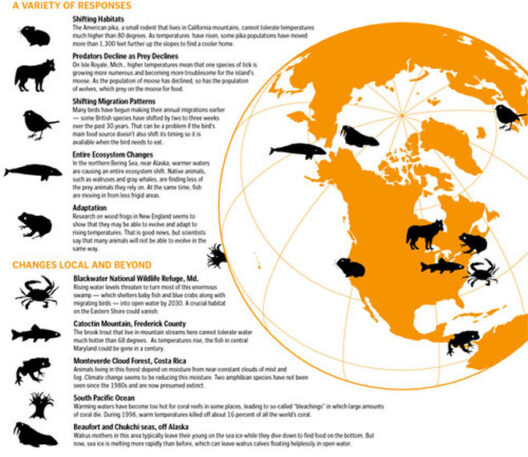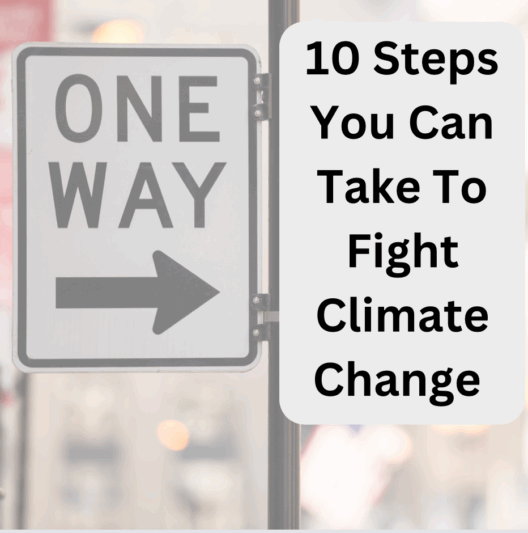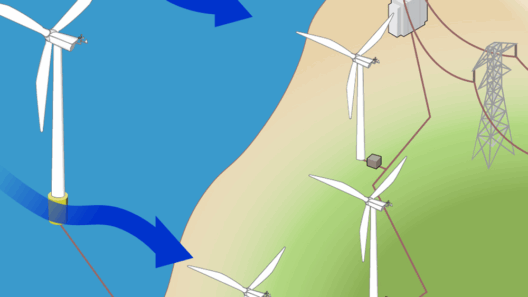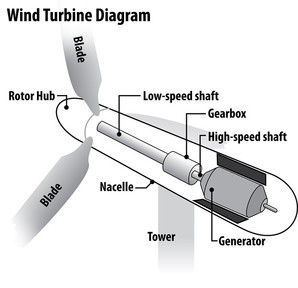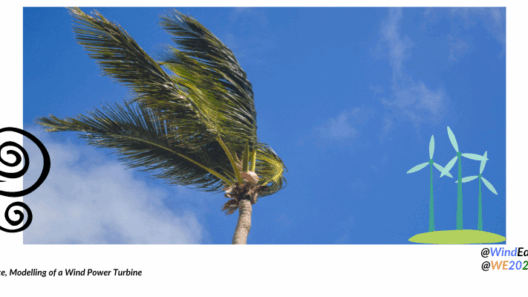Wind energy has emerged as one of the most promising and sustainable forms of renewable energy. As concerns about climate change and fossil fuel depletion grow, understanding the potential of wind turbines—key players in this renewable energy revolution—becomes essential. This article delves into how much energy a wind turbine can generate, factors influencing this energy production, and the implications for our energy future.
The basic premise of a wind turbine is relatively simple. Wind, a natural resource, has kinetic energy that can be converted into mechanical energy and, subsequently, into electrical energy through the use of turbines. However, the efficiency and output of a wind turbine depend on a multitude of variables, all of which play a crucial role in determining the feasibility and effectiveness of wind energy as a reliable energy source.
Let’s begin exploring the key factors affecting wind turbine energy production.
The Size and Specifications of the Turbine
The dimensions of a wind turbine significantly influence its energy generation capability. Most modern wind turbines fall into two categories: utility-scale turbines, which typically start at 1.5 megawatts (MW) and can exceed 10 MW, and smaller residential or community turbines, which may produce as little as 400 watts. The height of the turbine tower and the diameter of the rotor blades are critical parameters. Taller towers capture wind at higher altitudes where speeds are often greater and more constant. Similarly, larger rotor blades sweep a larger area, thereby harnessing more wind energy.
For instance, a typical 2 MW turbine, which is often used in commercial wind farms, can generate approximately 7,800 megawatt-hours (MWh) of electricity annually—enough to power around 2,000 homes for a year. This output can vary drastically based on specific regional wind patterns and turbine design.
The Importance of Wind Speed
Wind speed is another vital determinant of how much energy a wind turbine can generate. Most turbines have a cut-in wind speed of around 3 to 4 meters per second (m/s), which is the minimum speed at which the turbine begins to produce power. However, the majority of energy generation occurs when winds hit a range of 10 to 25 m/s, known as the rated wind speed. Beyond this range, turbines typically limit their output to prevent damage. Average wind speeds across various regions can greatly affect the total energy produced over time, making it essential to conduct thorough assessments before installation.
For instance, wind farms located in areas classified as “wind corridors,” like the Great Plains of the United States, experience higher and more consistent wind speeds. These conditions contribute to more efficient and reliable energy generation, often allowing such projects to achieve energy outputs far exceeding those in less optimal locations.
Technical Innovations Impacting Energy Production
Technological advancements in the wind energy sector continue to enhance the potential of turbine energy production. Innovations such as variable pitch control, which adjusts the angle of the turbine blades depending on wind conditions, optimize efficiency and output. Moreover, the development of offshore wind farms, characterized by larger turbine capacities and the ability to harness stronger, more consistent ocean winds, represents a significant leap forward. Today, many offshore turbines can generate over 12 MW each, dramatically shifting the landscape of wind energy production.
Moreover, the integration of smart grid technology allows for improved energy management, facilitating the combination of wind energy with other sources such as solar or hydroelectric power. This hybrid approach not only strengthens energy resilience but also enhances grid stability by balancing demand and supply more effectively.
Environmental and Economic Impacts of Wind Energy
Wind energy is notably one of the most environmentally benign energy sources, generating electricity without emitting harmful pollutants. Unlike fossil fuels, wind energy contributes to reduced greenhouse gas emissions, combating climate change while ensuring a cleaner environment. The life-cycle emissions of wind turbines are far lower than conventional energy sources, making them an integral component of sustainable energy strategies worldwide.
Economically, investing in wind energy can lead to job creation in manufacturing, installation, and maintenance sectors. Furthermore, wind energy offers a hedge against fossil fuel price volatility, making it a reliable energy source that can stabilize local economies by providing predictable costs for energy consumption.
Addressing the Concerns
While the advantages of wind energy are substantial, potential buyers may express concerns surrounding the reliability and economics of wind farm investments. The initial capital costs associated with setting up wind farms can be significant. However, the long-term benefits, including low maintenance costs and minimal operational expenses, present a compelling argument for investment.
Additionally, aesthetic and noise concerns are often cited by local communities. However, advances in turbine design have led to quieter operation and improved aesthetics, allowing for better integration into landscapes without compromising natural beauty.
The Road Ahead
As the world pivots towards renewable energy, understanding the potential of wind turbines becomes increasingly important. With the capability to produce significant amounts of sustainable energy, wind turbines can play a pivotal role in meeting global energy demands while fostering environmental responsibility. The future of energy may well lie in the breezes, offering a pathway to a cleaner, greener world.



